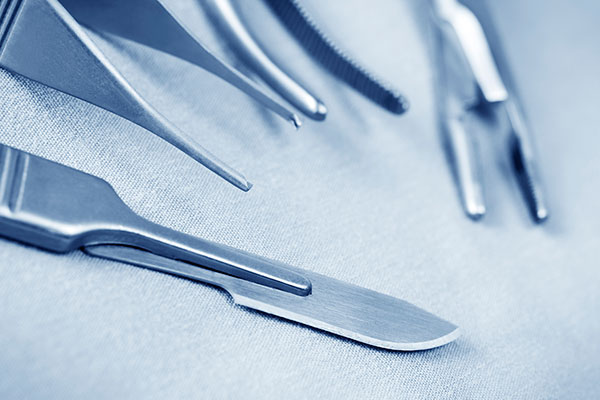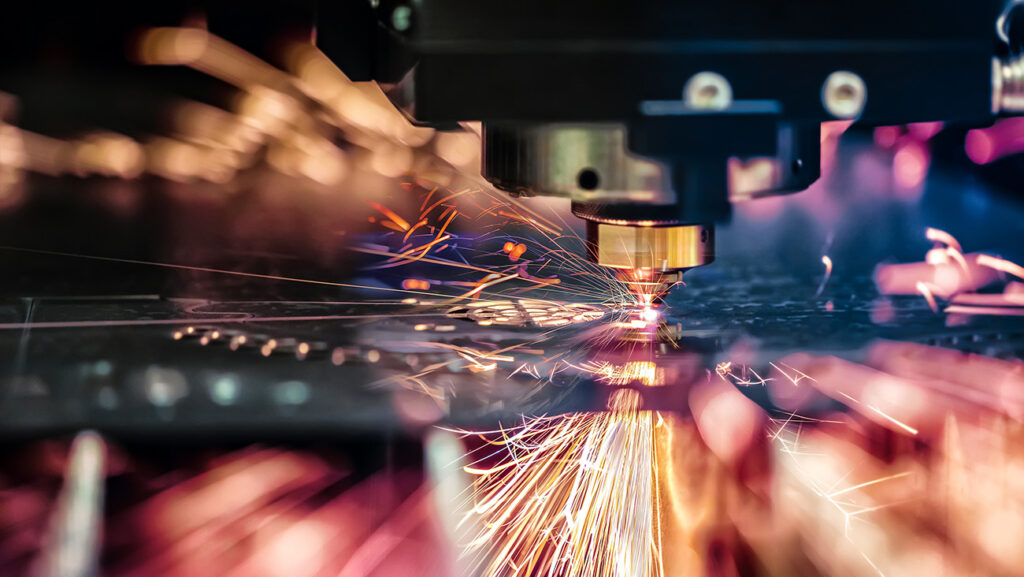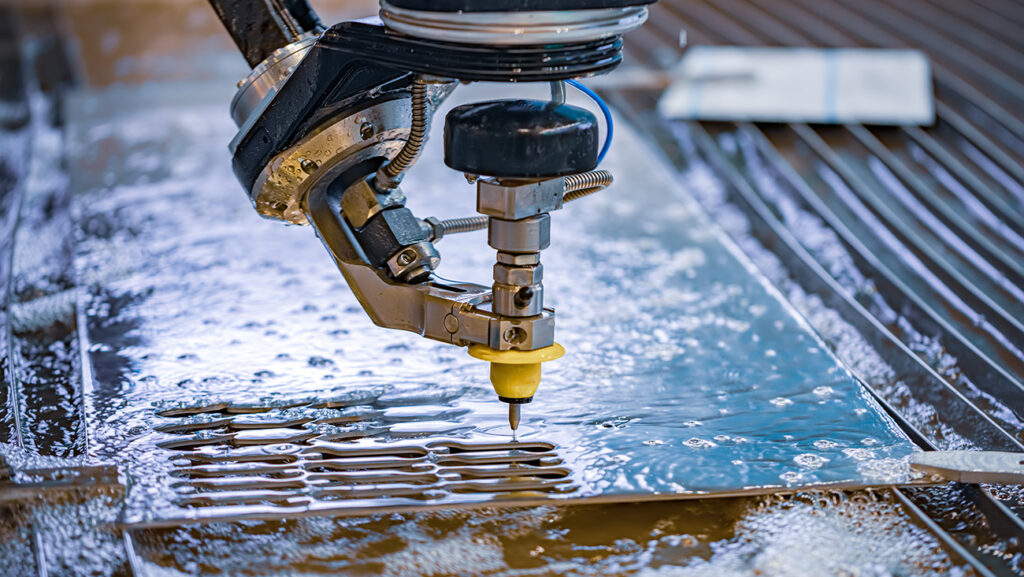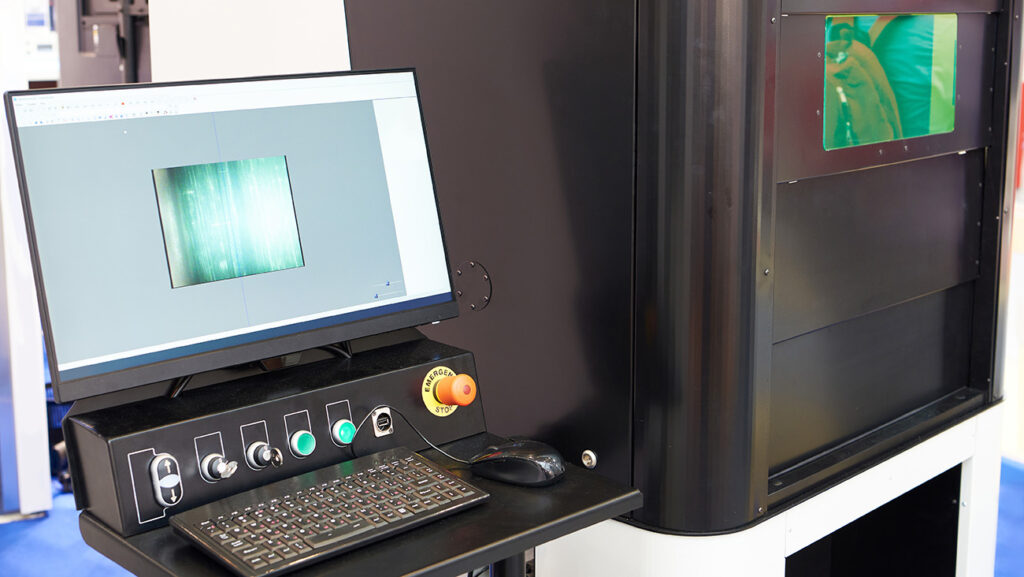6 Laser Welding, Cutting, and Marking Tips for Medical Designers
Posted on April 1, 2017 in Blogs

There are vast opportunties for medical tool, instrument, or device designers to leverage the power of laser cutting, marking, and welding technology to create innovative and disruptive solutions in healthcare. Examples include exploring new metals and alloys that might otherwise be impossible to weld for next-generation surgical and dental tools, precision cutting of adhesives to provide optimal adhesion of electronic and passive components, and better marking of stainless steel implants and tubes for longer-term identification.
As demand for improvement to healthcare delivery grows so does the rate of medical device innovation. At Accumet, we're witnessing it first-hand, as medical industry engineers and designers at manufacturers everywhere are looking for how to use new materials, how to achieve smaller form factors, and how to speed up delivery of their various components.
Here are 6 laser machining insights any medical designer can use to create a disruptive idea of their own:
1. Precise Temperature Control
Laser output is highly controllable, which is a big advantage in welding, cutting and marking delicate materials. Also, the heat from the laser stays in a very confined area called the heat affected zone, or HAZ, so there’s less chance of damaging the surrounding features. Precise and programmable power output also provides very tight control over how deep a laser beam will penetrate a given material. (This is called the z dimension).
2. Precise XY Control
The position of the beam is highly controllable and the beam itself is very precise. That’s important in medical devices where tolerances can be as fine as a fraction of a millimeter. It’s especially important as devices become even smaller and contours and shapes more complex.
3. High Repeatability
Also key in the medical device industry is the ability to turn out products of exactly the same dimensions every time. Because lasers are highly controllable, both in terms of temperature and position, and because they can be programmed, they offer extremely high lot-to-lot repeatability.
4. Fast Turnaround
Given the three factors just mentioned, it’s easy to see why very fast turnarounds, even for new product designs, would be the rule, not the exception. That’s important to medical innovators looking to quickly develop proof of concept prototypes, and take advantage of ever-smaller windows of market opportunity.
5. Flux and Pigment-free
Lasers don’t require a flux in order to weld two materials together, so there’s less risk of introducing a material — into a bio-implant, for example — that might cause harm. Laser markings also don’t require a pigment, so there’s no pigment to come off and contaminate.
6. More Durable Markings
The fact that lasers ablate small amounts of material to create highly durable markings as opposed to a screen printed marking is an easy concept to understand the value for when identifying marks are important protocols, especially for long-term implnts and reusable tools, instruments, and devices.
Do your research on service providers
A key factor medical device OEMs should consider before outsourcing is the level of commitment — and how much success — a laser service provider brings to the table. A long and successful track record of demonstrable successes in medical and healthcare is a first step. Second, they should be able to demonstrate a commitment to keeping up with technology. It's not easy to keep up with advances in costly laser technology, but a service provider should be able to demonstrate not only we're they've been but also we're they're going when it comes to servicing your needs.
To learn more, download our tech brief, "Eight Benefits of Laser Machining Medical Tools and Devices."



